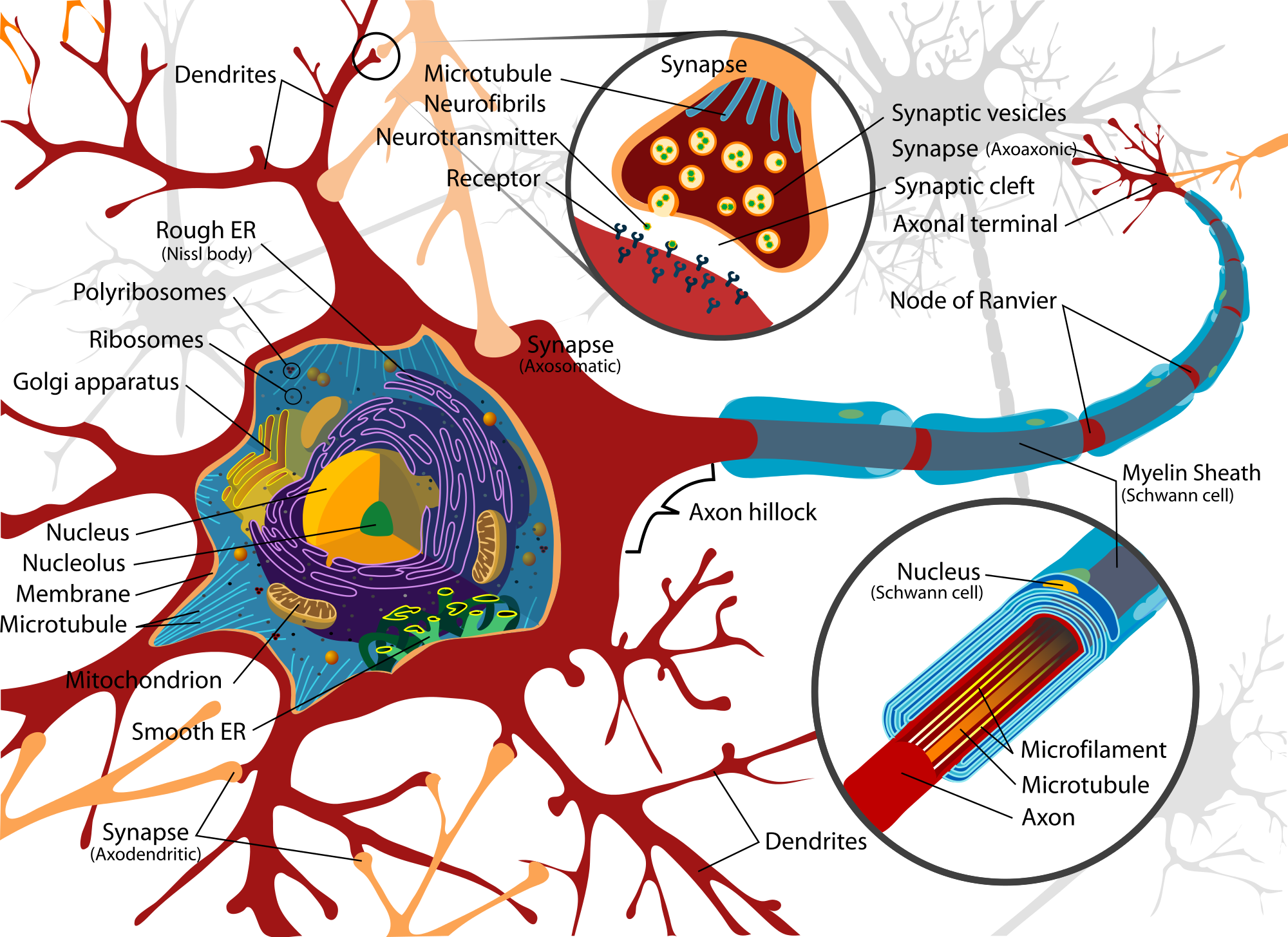Food safety training is a cornerstone of public health, ensuring that food handlers, from kitchen staff to restaurant managers, are equipped with the knowledge and skills to prevent foodborne illnesses. With the global food industry expanding and consumer expectations rising, the need for comprehensive food safety training has never been more critical. This article explores the significance of food safety training through four key subtopics: understanding foodborne illnesses, proper food handling techniques, regulatory compliance and certifications, and the role of technology in modern food safety training. By fostering a culture of safety and accountability, food safety training protects consumers and enhances the reputation of food establishments.
Understanding Foodborne Illnesses
Foodborne illnesses, caused by pathogens such as Salmonella, E. coli, and Listeria, affect millions of people annually, leading to severe health consequences and economic losses. According to the World Health Organization, approximately 600 million cases of foodborne illnesses occur globally each year, with 420,000 deaths. These statistics underscore the importance of understanding the risks associated with improper food handling. Food safety training educates workers about the sources of contamination, including biological, chemical, and physical hazards. For instance, cross-contamination between raw and cooked foods can introduce harmful bacteria, while improper storage temperatures can allow pathogens to thrive.
Training programs emphasize the identification of high-risk foods, such as poultry, dairy, and seafood, which are particularly susceptible to contamination. Employees learn to recognize symptoms of foodborne illnesses, enabling early detection and response. Moreover, training fosters an awareness of personal hygiene practices, such as handwashing and wearing gloves, which are critical in preventing the spread of pathogens. By equipping food handlers with this knowledge, training programs reduce the incidence of foodborne illnesses and protect public health.
Proper Food Handling Techniques
Effective food handling techniques are the backbone of food safety. Training programs provide detailed guidance on best practices to ensure food remains safe from preparation to service. One key aspect is temperature control. Foods must be stored, cooked, and served at appropriate temperatures to prevent bacterial growth. For example, perishable foods should be refrigerated at or below 40°F (4°C), while cooked foods must reach internal temperatures that kill pathogens, such as 165°F (74°C) for poultry.
Another critical technique is preventing cross-contamination. Food safety training teaches employees to use separate cutting boards for raw meats and vegetables, sanitize surfaces regularly, and store foods in a way that prevents drips or contact between raw and ready-to-eat items. Proper cleaning and sanitization of equipment, such as knives and countertops, are also emphasized to eliminate potential contaminants.
Additionally, training covers safe food sourcing and receiving practices. Employees learn to inspect deliveries for signs of spoilage or contamination and to reject substandard products. By mastering these techniques, food handlers ensure that every step of the food preparation process adheres to safety standards, minimizing risks to consumers.
Regulatory Compliance and Certifications
Compliance with food safety regulations is non-negotiable for food establishments. Regulatory bodies, such as the U.S. Food and Drug Administration (FDA) and the European Food Safety Authority (EFSA), set stringent guidelines to protect consumers. Food safety training ensures that employees understand and adhere to these regulations, which cover everything from facility sanitation to employee health standards.
Certifications like ServSafe, HACCP (Hazard Analysis and Critical Control Points), and ISO 22000 are often required for food handlers and managers. These programs provide structured training on risk assessment, critical control points, and corrective actions. For example, HACCP training focuses on identifying potential hazards in the food production process and implementing controls to mitigate them. Certified employees are better equipped to conduct internal audits, maintain records, and respond to health inspections.
Compliance also extends to labeling and allergen management. Training programs educate staff on the importance of accurate food labeling to prevent allergic reactions, which can be life-threatening. By staying compliant, food establishments avoid costly fines, legal liabilities, and damage to their reputation, while ensuring consumer safety.
The Role of Technology in Modern Food Safety Training
Technology has revolutionized food safety training, making it more accessible, engaging, and effective. Online training platforms allow employees to complete courses at their own pace, reducing scheduling conflicts and ensuring consistent delivery of content. These platforms often include interactive modules, videos, and quizzes that reinforce learning and cater to different learning styles.
Mobile apps and virtual reality (VR) simulations are emerging as powerful tools in food safety training. VR simulations, for instance, allow trainees to practice food handling techniques in a virtual kitchen, providing hands-on experience without the risk of real-world contamination. These simulations can replicate scenarios like cross-contamination or improper temperature control, helping employees internalize best practices.
Additionally, technology enables real-time monitoring and data collection. Smart thermometers and IoT (Internet of Things) devices can track storage conditions and alert staff to potential issues, reinforcing training lessons. Digital record-keeping systems streamline compliance by maintaining accurate logs of temperatures, cleaning schedules, and employee certifications. By integrating technology, food safety training becomes more dynamic and responsive to the needs of modern food establishments.
Conclusion
Food safety training is an indispensable component of the food industry, safeguarding public health and ensuring the integrity of food establishments. By understanding foodborne illnesses, mastering proper food handling techniques, adhering to regulatory standards, and leveraging technology, food handlers can significantly reduce the risks of contamination and illness. These efforts not only protect consumers but also enhance the credibility and success of food businesses. As the industry continues to evolve, ongoing training and innovation will remain essential in maintaining high standards of food safety. By prioritizing education and accountability, the food industry can continue to deliver safe, enjoyable dining experiences to consumers worldwide.
